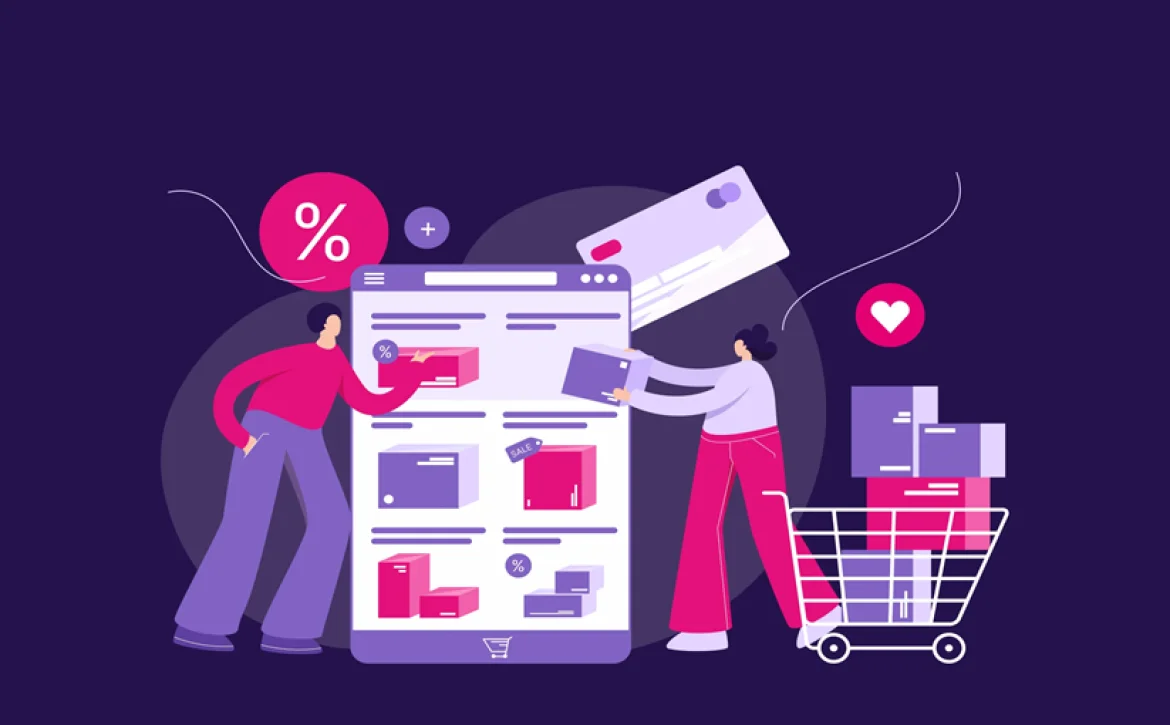The Science Behind E-commerce Conversion Rate Optimization
If you have ever stared at your e-commerce dashboard, puzzled by why hundreds of visitors leave without buying, you are not alone. Running an online store can feel like throwing a party where everyone shows up but no one stays for the cake. You put effort into your branding, your products look great, and you might even be getting steady traffic. But the sales? Not so much. That disconnect between traffic and actual purchases is exactly where e-commerce conversion rate optimization steps in.
The truth is that top-performing e-commerce brands are not just lucky or riding a viral wave. They apply a mix of psychology, data, design, and tech to consistently convert window shoppers into loyal customers. And here is the catch: most of what they are doing is grounded in science and supported by real testing.
This article dives deep into what these brands understand about conversion rate optimization in digital marketing. Also walk through the strategies they use, the tools they trust, the formulas they follow, and even some real-world conversion rate optimization examples. If you are ready to stop guessing and start converting, then it is time to explore the brainy side of e-commerce.
Why E-commerce Conversion Rate Optimization Is Your Business Backbone
If 1 out of 100 visitors buys something, your conversion rate is 1 percent. Sounds small, but that number is powerful. Improving it by even one percent can massively impact revenue without spending a dime more on ads.
Average ecommerce conversion rate by industry varies. Fashion might sit around 1.8 percent while beauty or health products can reach 3 percent or more. Understanding where your industry stands is important so you can measure your progress with the right lens.
The Brain Science Behind Why People Buy
The science of e-commerce conversion rate optimization often starts with human behavior. Top brands know this. They study how users think and what drives them to click that “Buy Now” button.
Here is what the smartest e-commerce marketers consider:
- Cognitive Load: If your site is too cluttered or hard to navigate, visitors leave. Brands like Apple simplify everything. Clean design equals trust.
- Social Proof: People follow the crowd. That tactic triggers conformity bias.
- Scarcity and Urgency: These are not just gimmicks they work because of the brain’s fear of missing out.
- Micro-commitments: Small actions like adding to a wishlist or signing up for email gently pull customers deeper into the funnel. Brands nurture these steps.
Conversion Rate Optimization Strategies That Work
Top brands do not rely on luck. They use structured, repeatable conversion rate optimization strategies that you can start applying today.
1. A/B Testing
Want to know what color button converts better? You test it. A/B testing allows you to compare two versions of a page element to see what works best. Brands like Booking.com run thousands of these every year.
2. E-commerce Conversion Rate Optimization: Clear Call to Action
Use action-driven words like “Get Started” or “Try It Free” and place them above the fold.
3. Simplified Checkout Process
Cart abandonment is often due to complicated checkout flows.
4. Mobile Optimization
With mobile accounting for more than half of e-commerce traffic, a clunky mobile experience can sink conversions fast. Top brands build mobile-first, not mobile-second.
5. Personalization
Use tools that allow you to personalize based on past behavior, location, or preferences.
Real-World Conversion Rate Optimization Examples
Sometimes a small tweak makes a big difference.
- Zappos increased conversions by simply adding free returns to its messaging. Customers felt safer making a purchase.
- They reduced steps and simplified forms.
- Dell ran tests on the order of product information and discovered that moving key specs higher on the page led to more purchases.
These e-commerce conversion rate optimization examples show that data-driven changes can beat intuition any day.
Must-Have Conversion Rate Optimization Tools
You cannot optimize what you cannot measure. Here are some industry-trusted conversion rate optimization tools:
- Google Optimize: For A/B and multivariate testing
- Optimizely: Enterprise-level experimentation platform
- Crazy Egg: Offers scroll maps and visual click reports
E-commerce Conversion Rate Optimization: How to Benchmark Your Performance
Curious where you stand? Check the average eCommerce conversion rate formula by industry but take it with a grain of salt. A luxury brand will never convert at the same rate as a budget one. Use benchmarks to inspire, not discourage. Also, watch for “micro-conversions” such as email sign-ups or product page views. These small wins can be signs your funnel is improving even if purchases are still ramping up.
In the end, too often, business owners think of e-commerce conversion rate optimization as a quick fix. In reality, it is a long-term strategy. It involves understanding psychology, testing relentlessly, measuring honestly, and staying curious. The brands that get this right are not just improving metrics. They are creating better experiences for their customers. They are building trust, making things easier, and removing guesswork from the journey. And that is what top brands know. They do not chase hacks. They follow science.


